February 11 2018. Algonquin Park, ON. The pull of the work week meant that this, our second day at Algonquin Provincial Park, could only be a half day. Still we packed in as much as we could in the search for interesting winter birds. In the end we came up with nineteen species for the weekend, a handful of them were barrel-scrapers like Dark-eyed Junco, American Goldfinch and Blue Jay but everything else held some magic. Among the winter finches only Pine Grosbeaks and Redpolls were worrisome misses, but day lists for the sake of lists are not a priority for me, instead I had a couple of target birds, old acquaintances I hadn’t seen for a while.
On this day my companions were determined to hike a snow-smothered trail on a second attempt to find a putative Black–backed Woodpecker. We had tried to find it yesterday but came up empty handed but, rather than traipse through the snow in pursuit of one bird, I opted to stay at the park’s visitor centre today. Birding from the observation deck was somewhat compromised by a light but steady snowfall but I can overlook a lot of discomfort when the reward is Evening Grosbeaks. I didn’t count them but I’d guess at perhaps twenty coming and going from a feeder loaded with sunflower seed.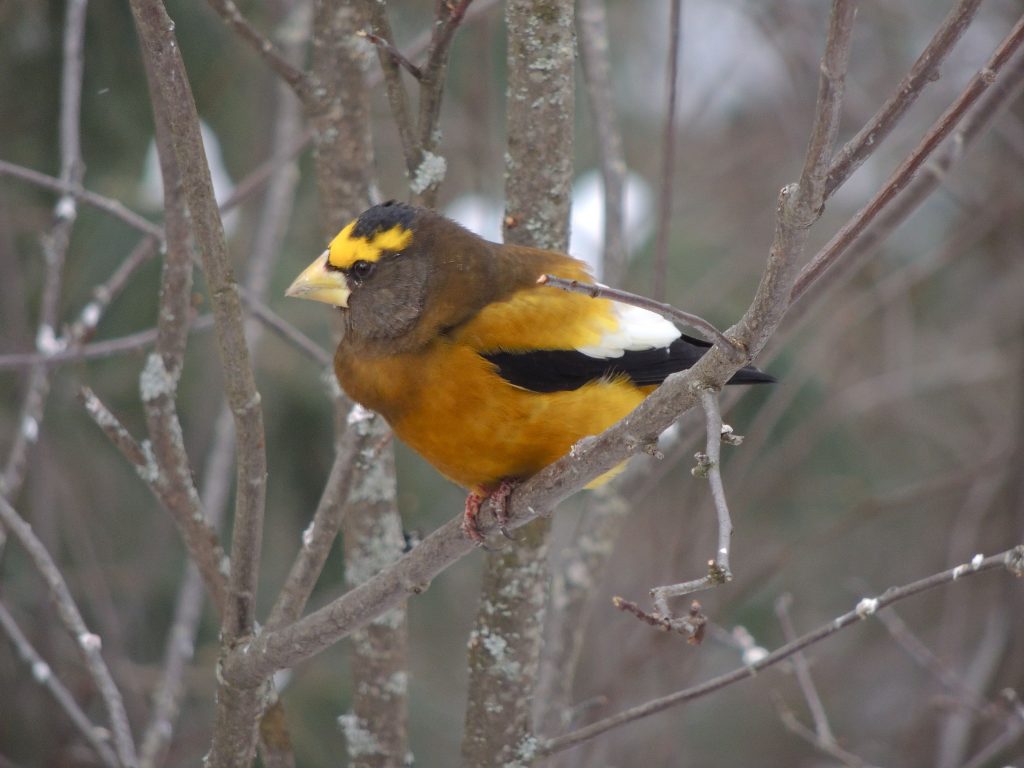
As I hope these photos show, the male grosbeak’s plumage is an almost impossible extravaganza of yellow, gold, black and white. They really are spectacular, and faithful readers of this site may remember my euphoric encounter with them last June in northern Michigan.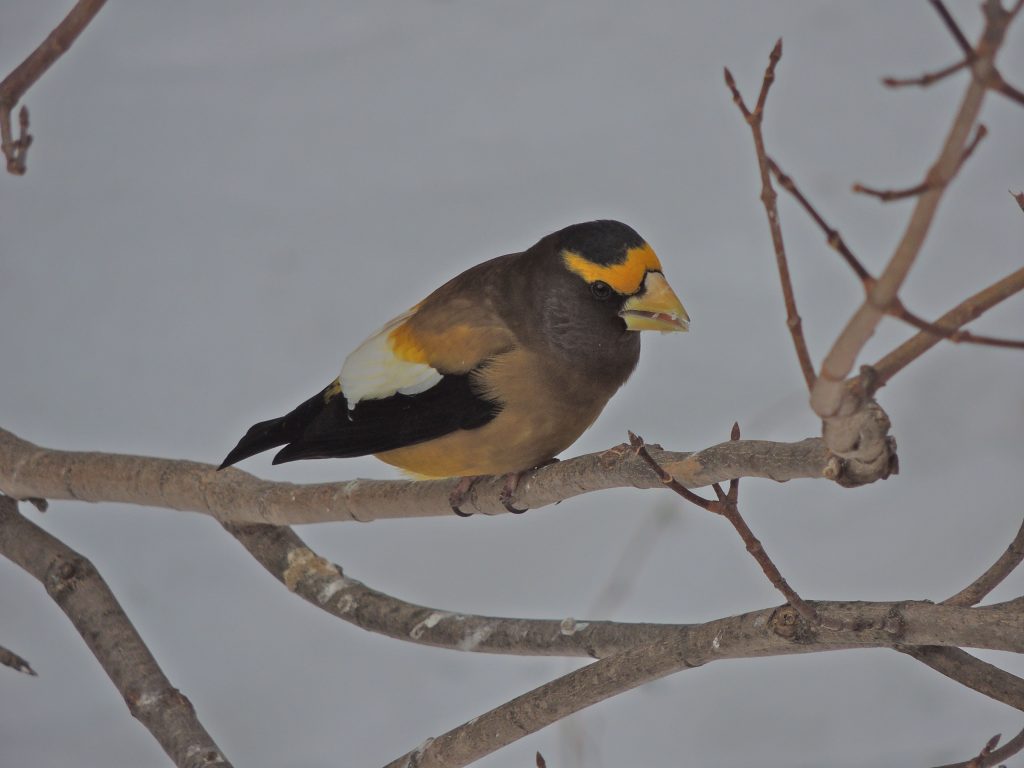
If Evening Grosbeaks are the gaudy court jesters of winter then Gray Jays must be the butlers. Gray Jays show up just when you need them and have a certain dignified demeanour implying, You go ahead, everything’s under control. And show up they did in a couple of slightly remote locations.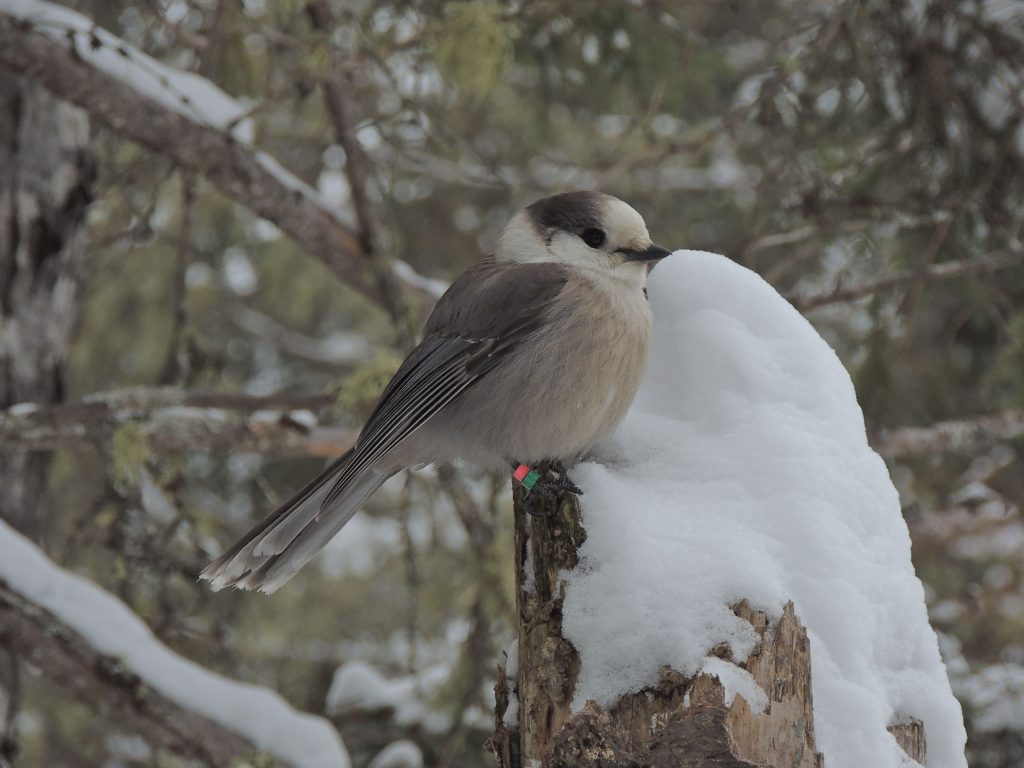
I managed to get many photos and share some here. I think the effect is rather spoiled by the colourful leg bands on both birds. The bands are courtesy of park biologists who are studying the species’ population dynamics. Breeding success is a major part of the study amid concern that Gray Jays are starting to lose ground as the climate warms and winters become less reliably cold. Gray Jays cache food for later consumption but in recent years, warm winter days have led to spoilage of some caches.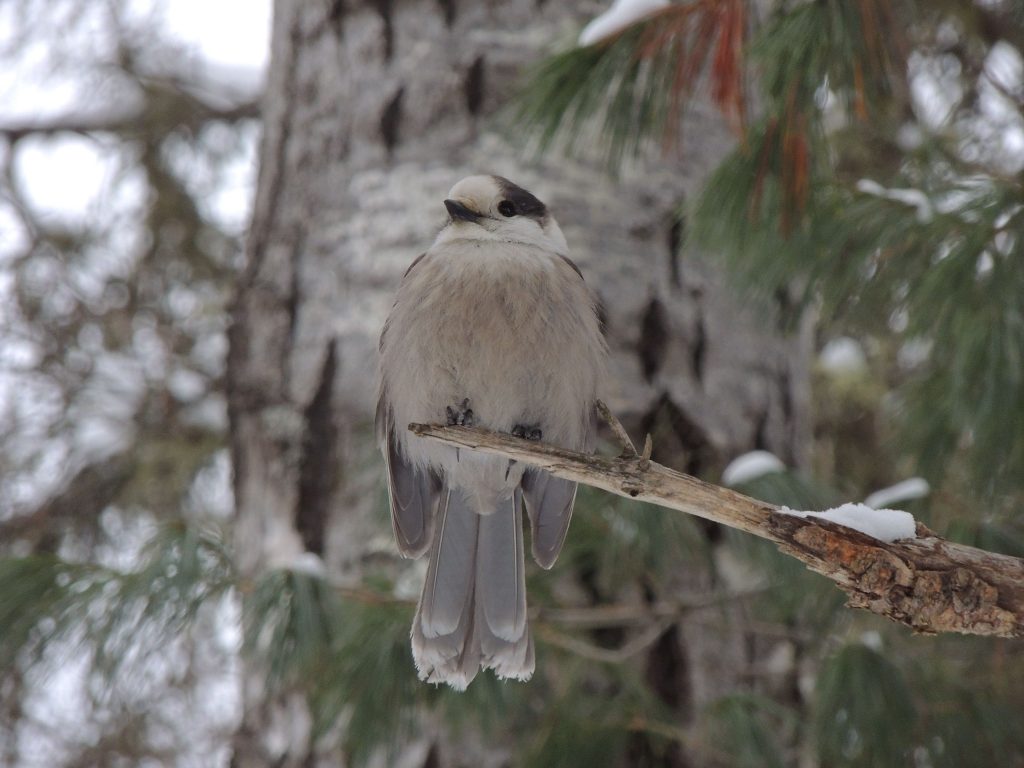
The Gray Jay has been the centre of quite a bit of political fuss lately, the jays themselves couldn’t care less. The Royal Canadian Geographic Society, citing inaction by the central government, decided that more than anything else Canada needed a national bird. Predictably most Canadians pointed to either the Common Loon or the Snowy Owl as most the appropriate embodiments of the Canadian personality, but both of them, while arguably worthy, had already been claimed by a couple of provinces. (Somehow the Canada Goose didn’t get much of a look in.) The Society was steadfast in its deliberations and noted that because Gray Jays are found across Canada from coast to coast the title should go to it. Fine, but few ever get to see one because they are generally found too far off the beaten track. Now it seems that there is a move afoot to rename it the Canada Jay; fitting I suppose.
My companions succeeded in finding the Black-backed Woodpecker, they deserved their victory and even managed some for-the-record photographs, I know they were happy to have made the effort.
More pictures from the weekend. Click on any one to enlarge it.
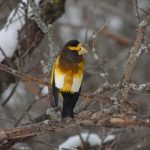
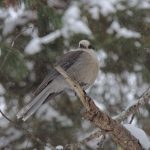
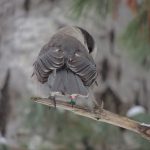
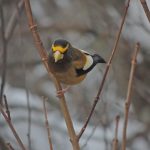
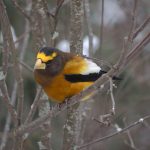
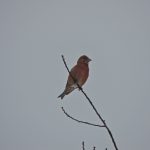
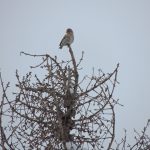
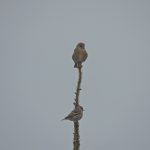
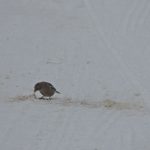
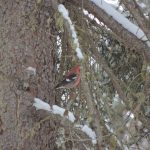
A very cool recap from a place I have yet to bird! Your stories are adding to the build-up for boreal-birding, where Boreal Chickadee and Northern Hawk Owl (amongst the ones you’ve listed) are must-haves.
Thanks for sharing!
I met my first Grey Jays in Cape Breton. They were regular visitors to my parent’s feeder & deck, even taking food offerings from our hands.
Ya, the coloured bands are a terrible distraction. I also have concern that they may take away from their camouflage. Not a good thing.
Thanks for blogging!